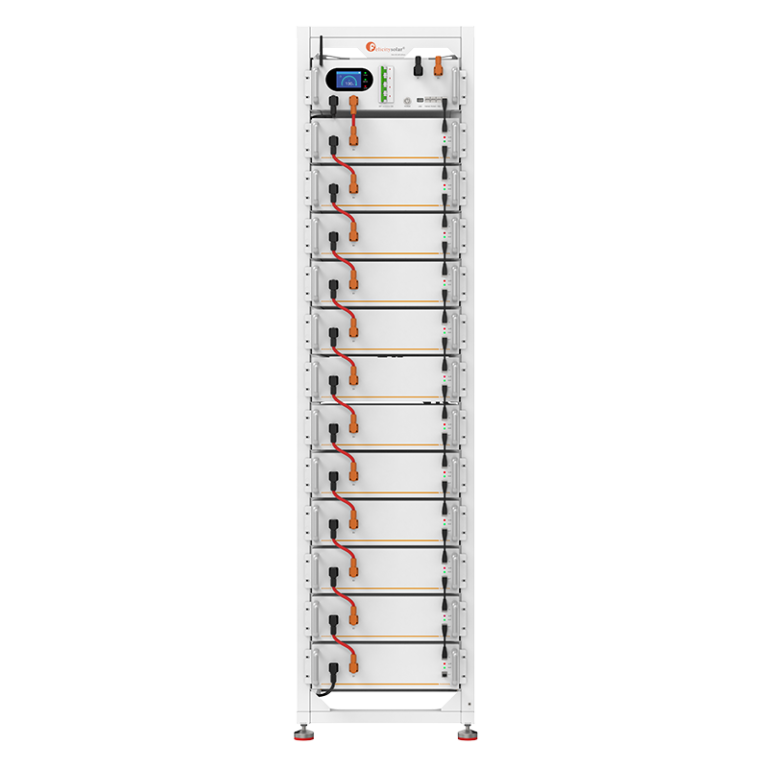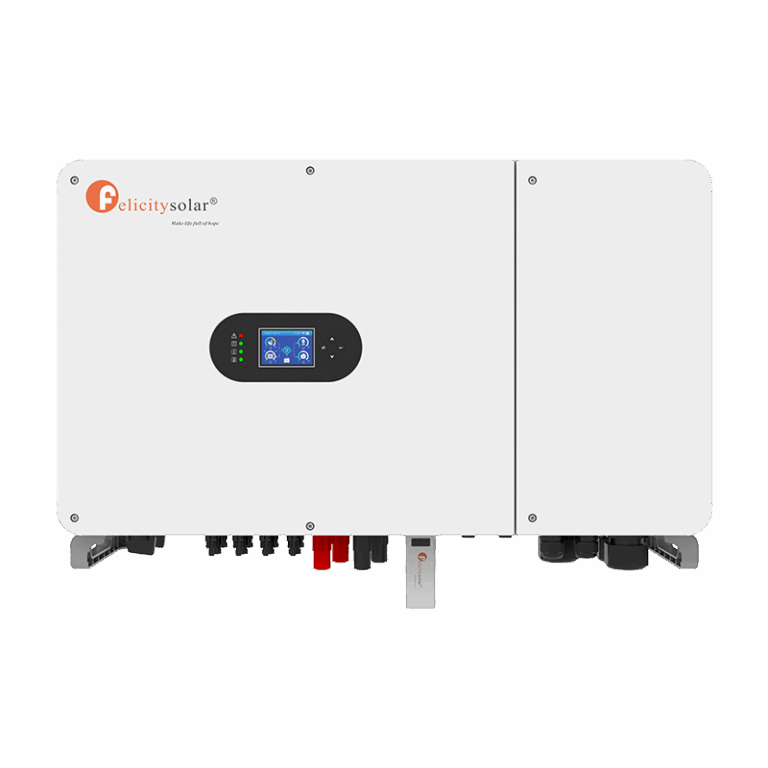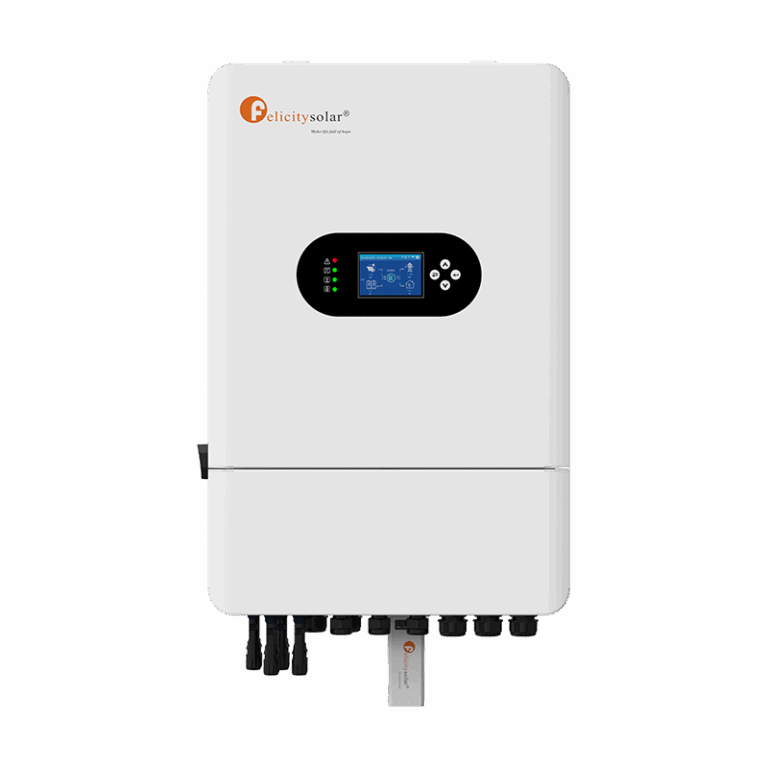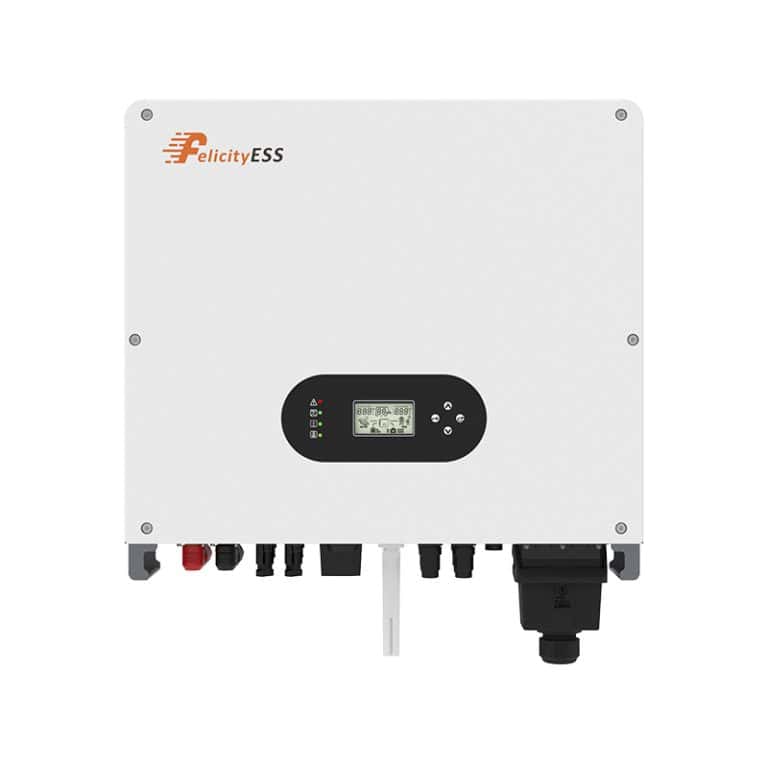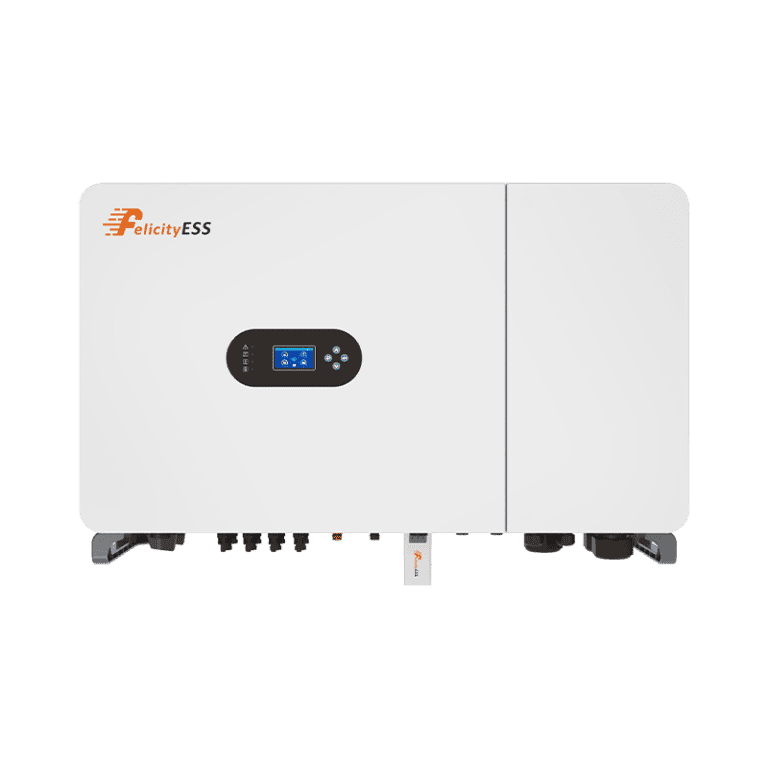Calcolo della capacità della batteria per il sistema a energia solare
I sistemi solari stanno diventando sempre più popolari come alternativa ecologica ed economica alle fonti energetiche tradizionali. Al fine di garantire la disponibilità 24 ore su 24 di un backup energetico sostenibile in un sistema di energia solaree per massimizzare l’efficienza e l’autosufficienza del sistema, è essenziale scegliere la giusta capacità della batteria. Il primo passo è calcolare la capacità ideale della batteria per il tuo specifico sistema di energia solare.
Per analizzare il tuo consumo energetico, devi considerare:
- Consumo energetico medio giornaliero: Questa è la quantità totale di elettricità utilizzata dalla tua famiglia o azienda in una giornata tipo. Puoi trovare queste informazioni sulla bolletta elettrica mensile.
- Consumo energetico di picco: Identifica i periodi in cui il consumo di energia è maggiore. Ciò potrebbe avvenire la sera, quando gli elettrodomestici sono in funzione, o durante le calde giornate estive, quando è in uso l'aria condizionata.
Fattori che influenzano le esigenze di capacità della batteria
Diversi fattori influenzano la capacità della batteria necessaria per il vostro impianto solare:
- Ore di esposizione al sole: I luoghi con più sole al giorno possono in genere fare affidamento su capacità della batteria inferiori a causa delle opportunità di ricarica più frequenti.
- Dimensioni del sistema: Un sistema di pannelli solari più grande genera più elettricità, consentendo una batteria più piccola per soddisfare le tue esigenze quotidiane.
- Orario di backup desiderato: Vuoi abbastanza energia per sostenerti per una sola notte o anche per diversi giorni nuvolosi? Ciò influenzerà notevolmente la capacità della batteria richiesta
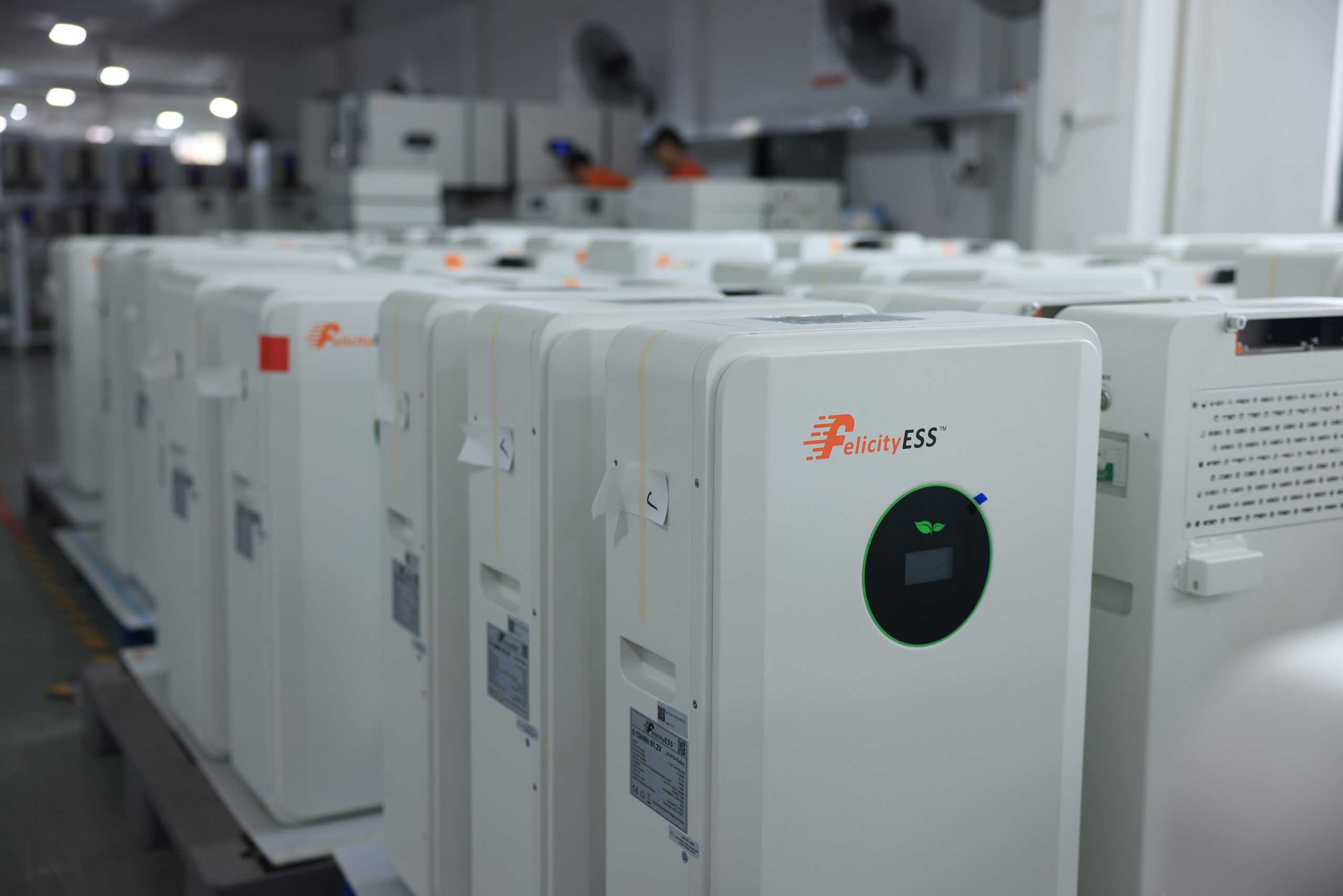 Calcolo della capacità della batteria: una guida passo passo
Calcolo della capacità della batteria: una guida passo passo
Ora che hai compreso il tuo fabbisogno energetico e i fattori che lo influenzano, passiamo ai calcoli!
Passaggio 1: Convertire il consumo energetico giornaliero in Wattora (Wh)
Moltiplica il tuo consumo energetico medio giornaliero (kWh) per 1.000 per convertirlo in wattora (Wh).
Esempio: il tuo consumo energetico giornaliero è di 10 kWh.
10 kWh * 1.000 Wh/kWh = 10.000 Wh
Passaggio 2: Determinare l'ora di backup desiderata
Decidi per quante ore vuoi che la batteria sia in grado di fornire energia durante i periodi senza luce solare.
Passaggio 3: Tenere conto dell'efficienza del sistema
Sistemi di energia solare sperimentare una certa perdita di energia durante la conversione e lo stoccaggio. Un fattore di efficienza realistico è in genere intorno a 80%.
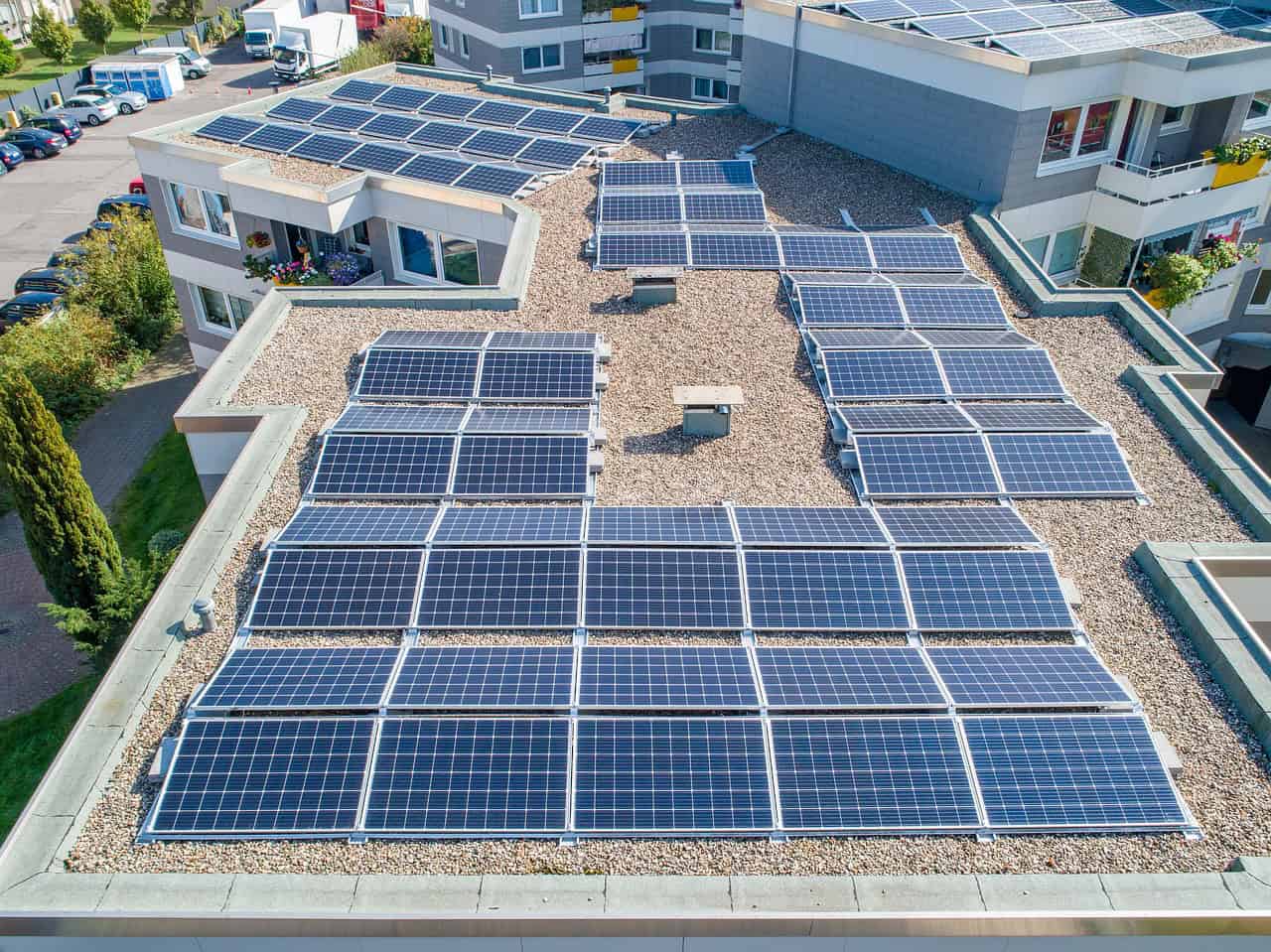
Passaggio 4: Calcolare i wattora totali richiesti
Moltiplica il tuo consumo energetico giornaliero (Wh) per il tempo di backup desiderato (ore) e poi dividi per l'efficienza del sistema (decimale).
Esempio: desideri un backup di 10 ore con un consumo giornaliero di 10.000 Wh e un'efficienza 80%.
(10.000 Wh/giorno) * (10 ore) / 0,8 = 125.000 Wh
Passaggio 5: Scegli la capacità della batteria
I produttori di sistemi a energia solare offrono una gamma di batterie al litio ad alta tensione, perfette per qualsiasi sistema a energia solare. Queste batterie sono elencate in Ampere-ora (Ah) a una tensione specifica (V). Per convertirlo in Watt-ora (Wh), moltiplicare gli Amp-ora per la tensione.
Ad esempio, la nostra batteria al litio ad alta tensione per armadio FHU48100-MAX-2041-6 vanta una capacità di 100 Ah a 48 V.
Capacità della batteria (Wh) = 100 Ah * 48 V = 4.800 Wh
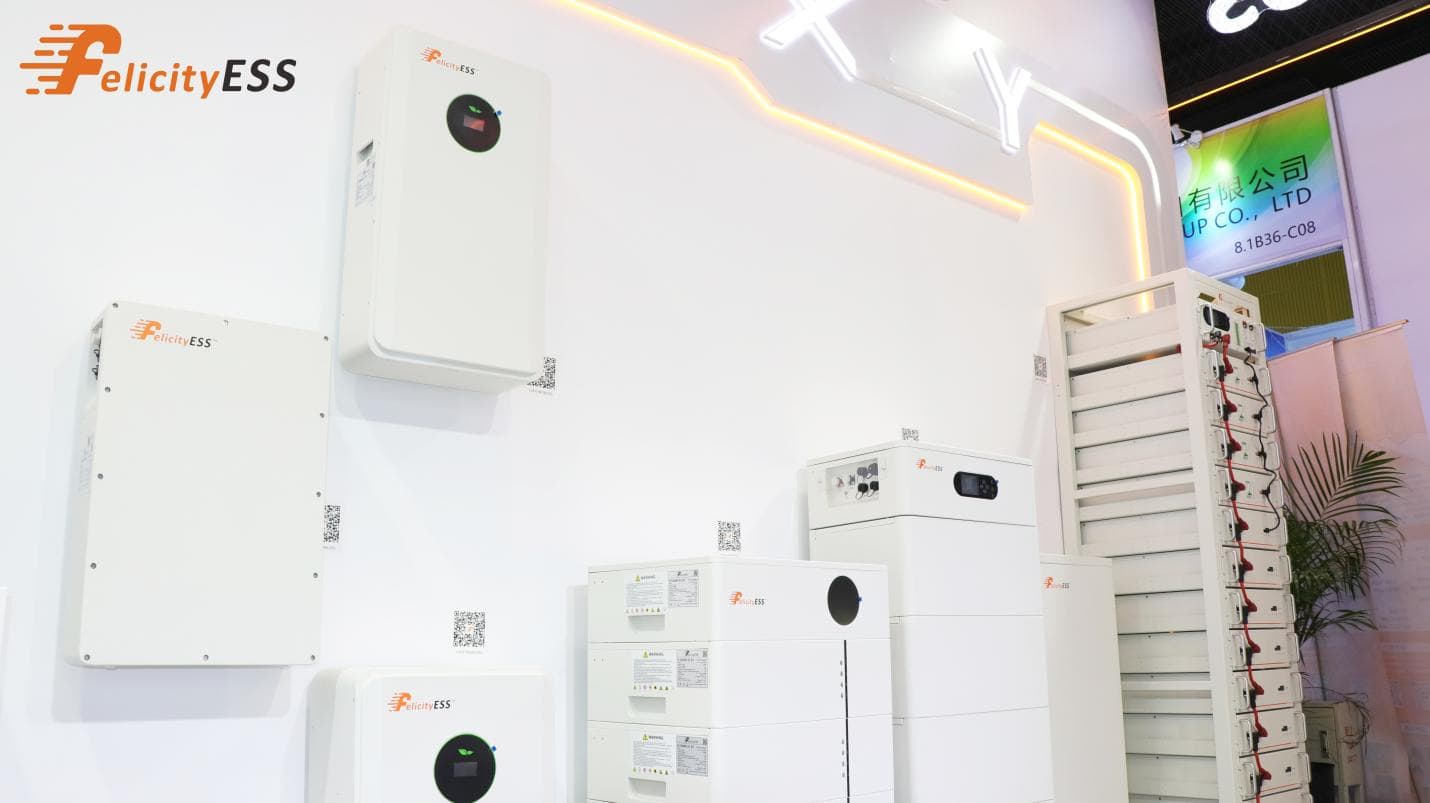
Passaggio 6: Determinare il numero di batterie necessarie
Dividi il tuo fabbisogno totale di wattora (passaggio 4) per la capacità della singola batteria (passaggio 5) per trovare il numero di batterie necessarie.
Esempio: continuando con il nostro esempio, se il tuo fabbisogno totale è 125.000 Wh e la batteria scelta offre 4.800 Wh, avrai bisogno di circa 26 batterie (125.000 Wh / 4.800 Wh/batteria = 26,04). Si consiglia di arrotondare al numero intero più vicino per garantire una capacità sufficiente.
Ricorda: questo è un calcolo semplificato e la consulenza con un installatore qualificato di sistemi di energia solare è fondamentale per una valutazione accurata delle tue esigenze specifiche.



